The National Assembly voted to pass the Resolution of the National Assembly amending and supplementing a number of articles of the 2013 Constitution.
On the morning of June 16, 2025, with 100% of the delegates present in agreement, the 15th National Assembly officially passed the Resolution on amending and supplementing a number of articles of the 2013 Constitution.
Unlike previous constitutional amendments – which often took place in the context of transforming the state model, restructuring the political system or expanding the scope of power of institutions – this amendment reflects a completely new movement in constitutional thinking: taking governance efficiency as the center and administrative reform as the driving force.
This is a step forward to perfect the institution in a modern, flexible and better-serving direction for the people. The Constitution – once seen as a boundary for reform – has now become the foundation that creates momentum and position for innovation. A "constitutional update" is proactive, strategically calculated, and reflects the aspirations of a country on the way to creating a new, more effective and transparent governance model.
Breakthrough reform contents
The National Assembly’s resolution amends only 5 out of 120 articles of the 2013 Constitution – a modest number in quantity, but a breakthrough in quality. These are fundamental adjustments, paving the way for extensive administrative reform and the establishment of a more modern and effective local government model.
Articles 9 and 10 are amended to clarify the role of the Vietnam Fatherland Front and socio-political organizations. Not only are they places for gathering, criticizing and supervising, these organizations are also affirmed to be essential bridges between the Party, the State and the people – contributing to expanding democracy and consolidating the country’s socio-political foundation.
Clause 1, Article 84 is adjusted flexibly, allowing the National Assembly and competent authorities to temporarily appoint a number of positions in the People's Council in newly arranged localities, especially in places where elections have not yet been held. This is a timely solution to ensure that state management is not interrupted during the transition period.
Articles 110 and 111 are the focus of the revision: Officially establishing a two-tier local government model – province and commune – instead of the previous three tiers. The district level is abolished as a level of government, creating conditions for stronger decentralization to the grassroots level and reducing intermediate levels.
Along with that, ward-level administrative units in large cities such as Hanoi, Ho Chi Minh City, and Da Nang will also be fully organized with People's Councils and People's Committees, instead of having no People's Councils as in the previous pilot model. This change represents an important policy adjustment, ensuring people's representation and supervision in the urban government apparatus.
It is worth noting that: These constitutional amendments do not originate from an institutional crisis or political pressure, but from practical requirements and reform aspirations. This is the result of a process of listening and extensive consultation with more than 280 million comments from all walks of life, experts and officials, demonstrating a high consensus in the whole society on the need to innovate the local government organization model.
1. A major movement in constitutional thinking
This is the first time in our country's constitutional history that the Constitution has been amended to facilitate administrative reform. Previously, changes often came from institutional crises or transformations of the state model. This time, the Constitutional amendment stems from the need to improve governance efficiency and streamline the apparatus. Constitutional thinking has shifted dramatically: from "defending power" to "designing for efficiency".
2. Constitutional foundation for radical administrative reform
The resolution has legalized the two-tier local government model – a prerequisite for synchronous implementation of plans to merge administrative units, streamline staff and reorganize the apparatus. This is the highest legal guarantee, helping to remove "constitutional obstacles" that have hindered reform for many years. From July 1, 2025, provinces and cities will officially operate the new apparatus according to this model – a turning point in public administration.
3. Enhancing the role of people and representative organizations
Clarifying the position and functions of the Front and its member organizations in the Constitution is not only a reaffirmation of political principles, but also an acknowledgement of reality: In a modern society, independent and critical voices from representative organizations are indispensable. This is a step forward in democracy, enriching the connotation of the concept of "a socialist rule-of-law state of the people, by the people, for the people".
Parallel challenges and fundamental solutions
No institutional reform is easy – especially when it touches long-standing power structures. The abolition of the district level urgently requires a redesign of the entire chain of governance operations , with the central focus being on a smart, controlled and planned transfer of authority.
The main challenge lies at the commune level. As the majority of state management power is transferred from the district level down, the commune level not only has to shoulder more responsibilities, but also has to “grow up” in terms of capacity – from people, organization to processes. Without proper human resource allocation and training, the risk of overload and administrative bottlenecks at the grassroots level is entirely possible.
Such a large-scale reform cannot succeed without synchronous and drastic coordination between all levels: the National Assembly must supervise effectively, the Government must direct in a unified and flexible manner, local authorities must proactively participate, and the people must be fully informed to support and accompany. Every link must move in the same rhythm, on the same reform blueprint, in the same direction.
The most fundamental solution is still: to put the people at the center of reform – not through slogans, but through actions. We must demonstrate to the people that: the new apparatus is not only smaller, but also serves them better; not only saves the budget, but also respects and protects them more; not only changes the structure, but improves the quality of life, administrative procedures and development opportunities. When the people feel themselves at the center, they will become the strongest driving force for all efforts at change.
A bold step forward opens the way for the future
The resolution amending and supplementing the Constitution in 2025 is a clear manifestation of political courage and long-term reform vision. This is not just a technical adjustment, it is a strategic institutional push - aiming to create a modern, effective and more people-friendly governance model.
This amendment represents a new approach: reform from the foundation, quiet but solid and going straight to the core of the national administrative operating mechanism.
From this milestone, we enter a new phase: creating a governance system for the people, a public administration system that serves, and a nation that confidently moves forward with its own capacity for self-reform. That is the spirit of a Vietnam that continues to innovate, listens to the people, removes old barriers, and courageously opens the way forward in the era of growth.
Dr. Nguyen Si Dung
Source: https://baochinhphu.vn/mot-dau-moc-lap-hien-mot-buoc-tien-cai-cach-102250617175844541.htm


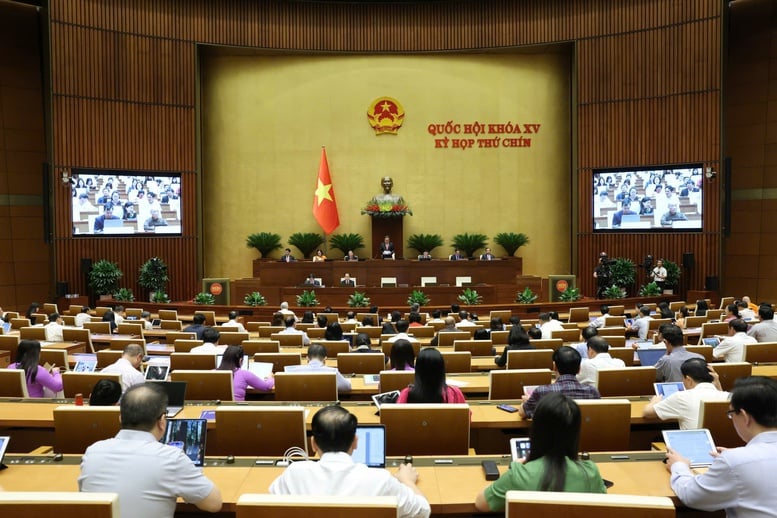

![[Photo] Deep sea sand deposits, ancient wooden ship An Bang faces the risk of being buried again](https://vphoto.vietnam.vn/thumb/1200x675/vietnam/resource/IMAGE/2025/11/13/1763033175715_ndo_br_thuyen-1-jpg.webp)




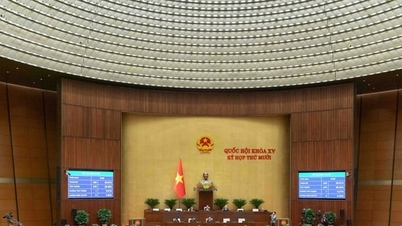

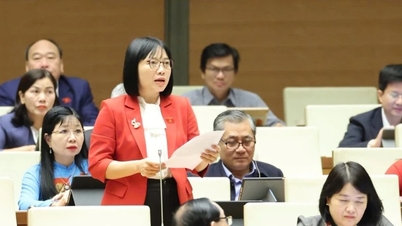

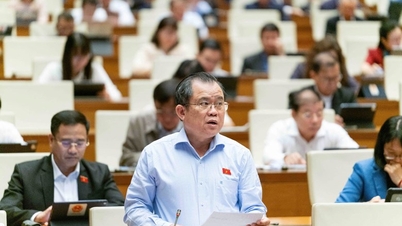

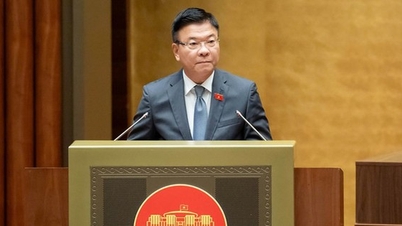




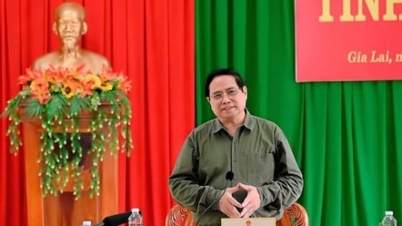


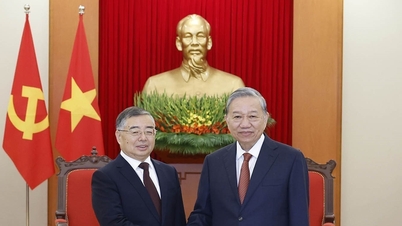

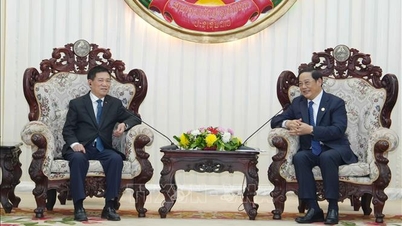









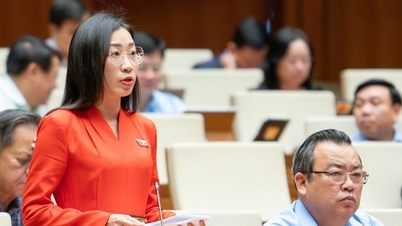
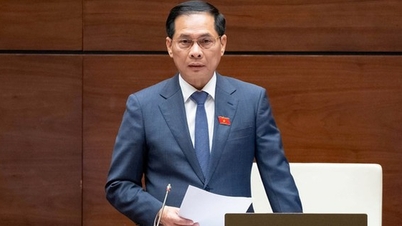
















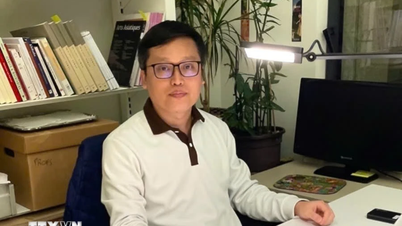


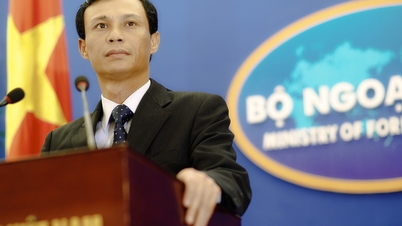








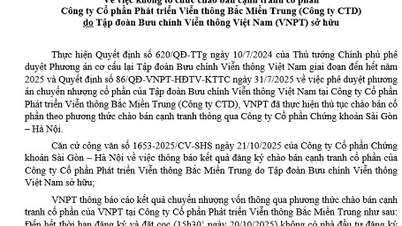












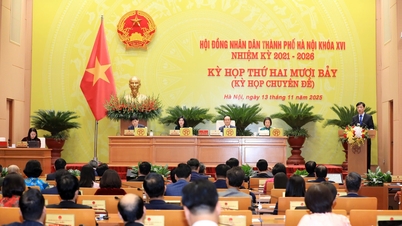

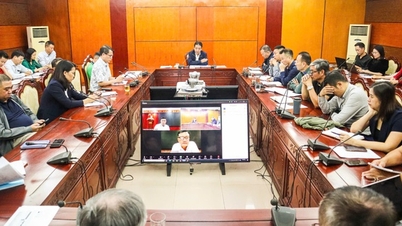

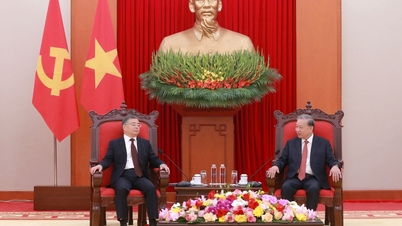





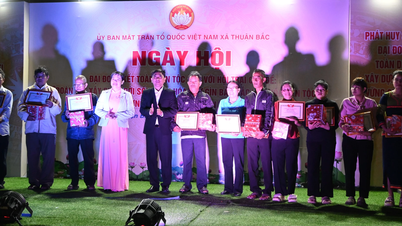

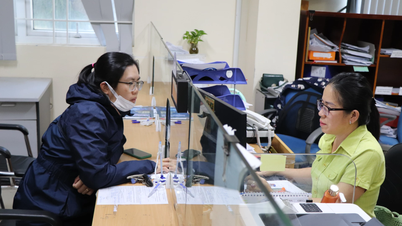




![Dong Nai OCOP transition: [Article 3] Linking tourism with OCOP product consumption](https://vphoto.vietnam.vn/thumb/402x226/vietnam/resource/IMAGE/2025/11/10/1762739199309_1324-2740-7_n-162543_981.jpeg)







Comment (0)